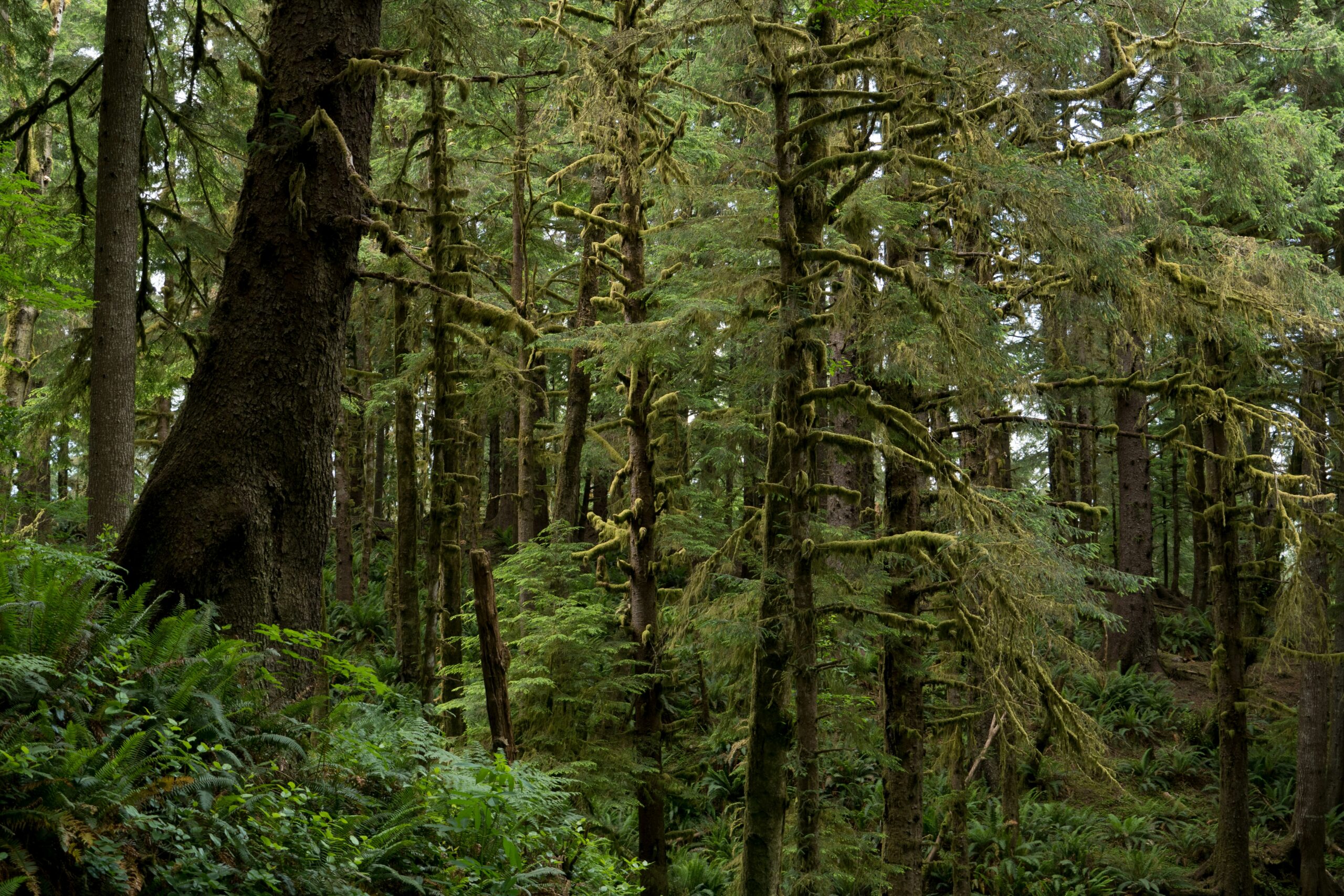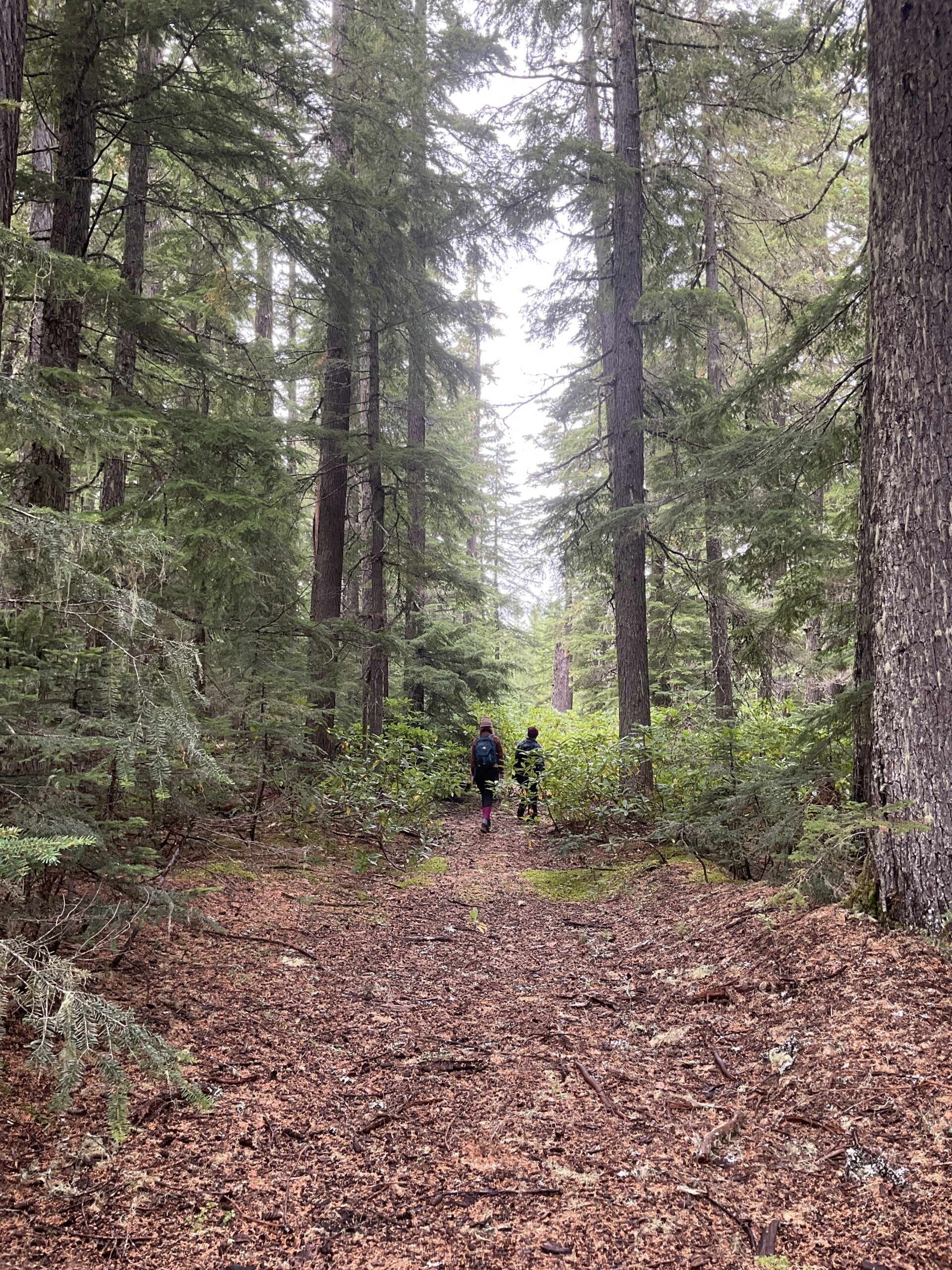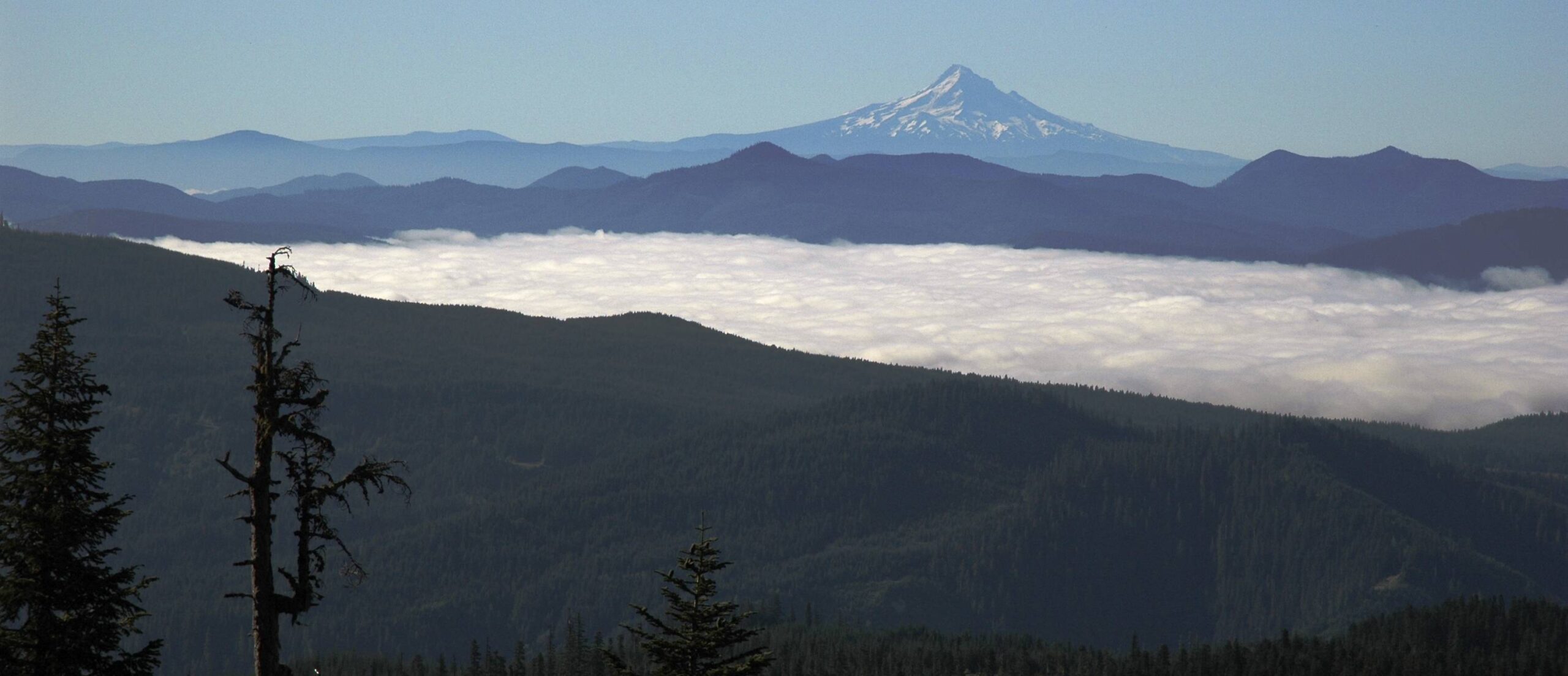Bark is the resource for community action to protect Mt. Hood National Forest and surrounding “public lands”. We facilitate grassroots organizing because we believe in the power of an engaged public.
The lands known as the “public lands around Mt. Hood” are managed under a complex, federal bureaucracy which can be difficult to navigate and access. Bark’s staff and volunteers work together to de-mystify the process of “public lands management”. This process includes information on what areas constitute national forests and why, what types of activities the Forest Service plans in these areas, what values the agency prioritizes with their choices of action, and the environmental impacts that happen as a consequence of those choices.
One way to stay up to date on logging project proposals and policy announcements affecting Mt. Hood National Forest is by signing up for Forest Service’s alerts. However, the agency writes in bureaucratic language, using terms like “regeneration harvest” and “thinning”, sound like restoration work instead of commercial logging. Bark not only makes the Forest Service’s plans more accessible in transparent terms with our efficient environmental analysis, but we also support the public’s own understanding and ability to influence the decision-making process.
Bark provides free, public resources for you to stay informed. Our timber sale database lists projects that have been announced, with information on which communities (human, plant, wildlife), drinking water systems, and recreation sites will be impacted negatively. Alongside knowledge of the area, we provide material tools for you to visit these places off the beaten path. Don’t want to go alone? We regularly schedule visits to the forest as well as volunteer groundtruthing (field survey) trips. Want to submit a comment in defense of a specific place, and don’t know where to begin? We’re here to help with that, too.
We hope you will use Bark’s tools and resources to deepen your connection to the forest ecosystem that sustains us all. Mt. Hood National Forest’s ecosystem nourishes our communities and deserves our protection in return.


